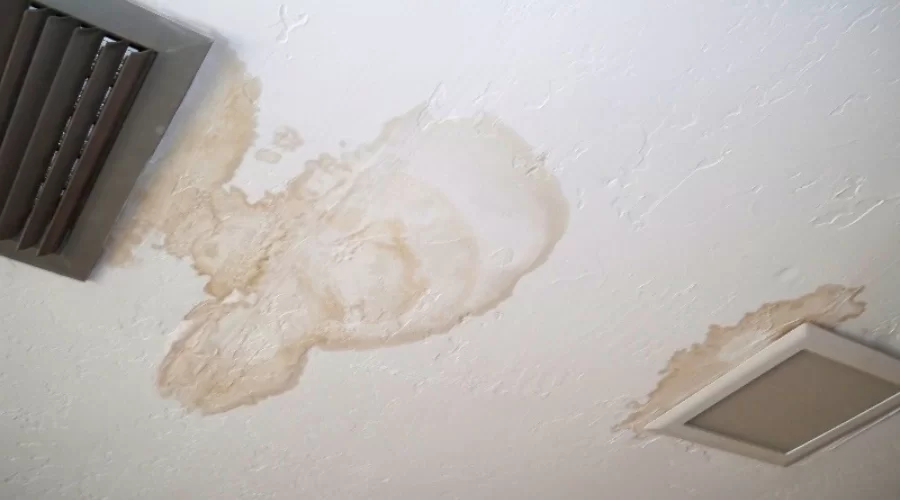The sound of water dripping in your home can be concerning, and when it’s coming from an AC vent in your ceiling, it’s a clear sign that something is amiss. This article will guide you through the common causes of water leaking from an AC vent in the ceiling, how to identify the issue, and steps to remedy it.

Understanding the Causes
Water leaking from an AC vent is not only annoying but also potentially damaging to your home. To address the issue, you first need to understand what might be causing it:
- Condensation Buildup: One of the primary causes of water dripping from AC vents is condensation. When warm, moist air meets the cold air inside your air conditioning system, condensation can form and lead to dripping.
- Clogged Drain Line: The AC unit has a drain line that removes excess condensation. If this drain line becomes clogged or damaged, it can lead to water backing up and dripping from the vent.
- Refrigerant Leak: A refrigerant leak can cause your AC unit to freeze over, resulting in excess water when it thaws. This water may find its way into the vent.
Identifying the Issue
If you notice water dripping from an AC vent in your ceiling, it’s crucial to identify the root cause. Here are some steps to help you pinpoint the problem:
- Inspect the Condensation: Check if the water dripping is clear and cold. If it is, the issue is likely condensation. This usually happens in hot and humid weather.
- Examine the Vent Grille: Look at the vent grille and its surroundings. If you see water stains, it can indicate a recurring issue.
- Check the AC Unit: Inspect the AC unit, specifically the drain line. Ensure it is not clogged, disconnected, or damaged.
- Schedule Professional Inspection: If you’re unable to determine the cause or it involves complex internal components, it’s best to call a professional HVAC technician to inspect your system.
Read too: What To Do About Mice In Ceiling
Remedying the Issue
Once you’ve identified the cause of the water leakage, you can take appropriate steps to remedy it:
- Condensation Buildup: If condensation is the problem, you can reduce it by lowering the thermostat temperature or installing a dehumidifier in your home. Proper insulation and sealing ductwork can also help.
- Clogged Drain Line: If the drain line is clogged, you can try flushing it with a mixture of water and vinegar or by using a wet/dry vacuum. However, it’s advisable to have a professional handle this to avoid further damage.
- Refrigerant Leak: If the issue is a refrigerant leak, you’ll need a professional HVAC technician to locate and repair the leak, then recharge the system with the appropriate refrigerant.
Preventing Future Leaks
To avoid water leaking from your AC vent in the ceiling in the future, consider these preventive measures:
- Regular Maintenance: Schedule regular maintenance for your AC system, which should include cleaning the drain line and ensuring proper insulation.
- Change Filters: Replace or clean your air filters regularly to ensure the air flows freely through the system, reducing the likelihood of condensation.
- Seal Ductwork: Properly seal and insulate ductwork to minimize temperature differences that can lead to condensation.
- Monitor the Thermostat: Be mindful of your thermostat settings and make sure they are appropriate for the weather conditions.
Conclusion
Water leaking from an AC vent in your ceiling can be a sign of various issues, from condensation to more severe problems like a refrigerant leak. Identifying the cause is the first step in addressing the issue effectively. While some problems can be resolved with simple maintenance, others may require professional assistance. By taking preventive measures, you can reduce the risk of future leaks and keep your home comfortable and dry.